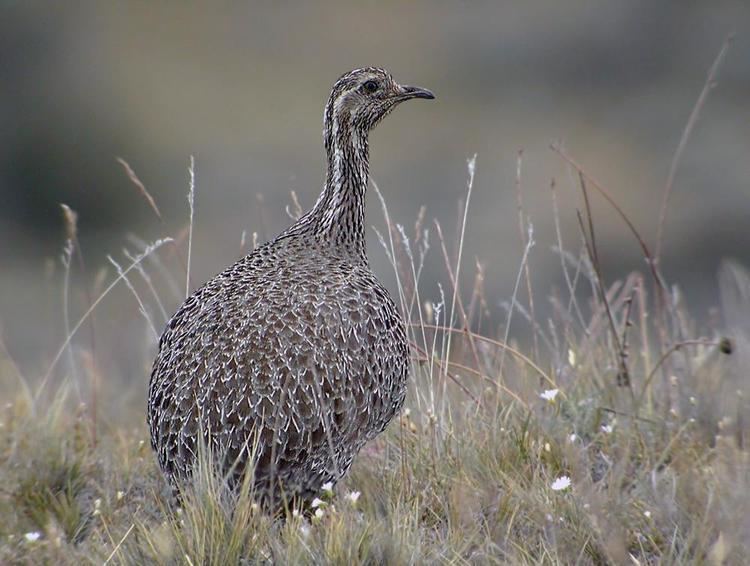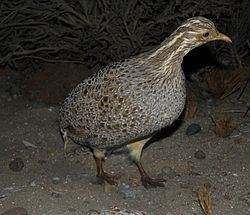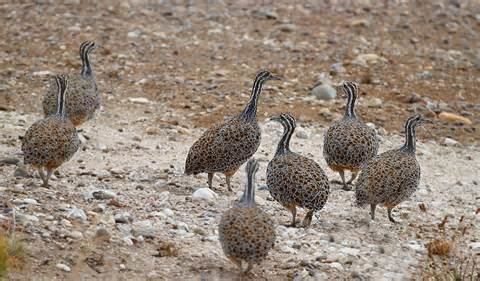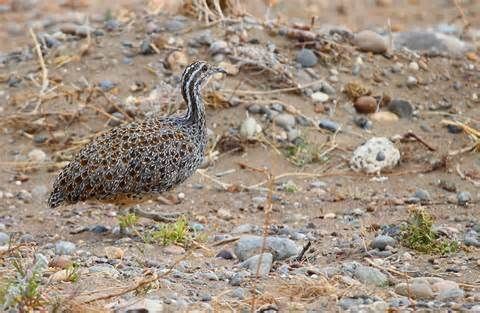Subfamily Nothurinae Higher classification Tinamotis Order Tinamou | Family Tinamidae Genus Tinamotis Phylum Chordata Rank Species | |
Similar Tinamotis, Puna tinamou, Tinamou, Quebracho crested tinamou, Chaco nothura | ||
Patagonian tinamou
The Patagonian tinamou (Tinamotis ingoufi) also known as Ingouf’s tinamou is a member of the most ancient group of bird families, the tinamous. This species is native to southern South America
Contents
- Patagonian tinamou
- Patagonian tinamou meaning
- Taxonomy
- Description
- Behavior
- Range and habitat
- Conservation
- References

Patagonian tinamou meaning
Taxonomy

The Patagonian tinamou is a monotypic species. All tinamou are from the family Tinamidae, and in the larger scheme are also ratites. Unlike other ratites, tinamous can fly, although in general, they are not strong fliers. All ratites evolved from prehistoric flying birds, and tinamous are the closest living relative of these birds.
Description

The Patagonian tinamou is approximately 35 cm (14 in) in length. Its upper parts are grey spotted with black, its throat is white, its breast is rufous and its belly is cinnamon.
Behavior

Like other tinamous, the ornate tinamou eats fruit off the ground or low-lying bushes. They also eat small amounts of invertebrates, flower buds, tender leaves, seeds, and roots. The male incubates the eggs which may come from as many as 4 different females, and then will raise them until they are ready to be on their own, usually 2–3 weeks. The nest is located on the ground in dense brush or between raised root buttresses.
Range and habitat

The Patagonian tinamou inhabits temperate grassland habitats at altitude 200 to 800 m (660–2,620 ft). It can also be found on savannah and brushland. Its range is southern Chile and southwestern Argentina.
Conservation
The IUCN list this species as Least Concern, with an occurrence range of 400,000 km2 (150,000 sq mi).

